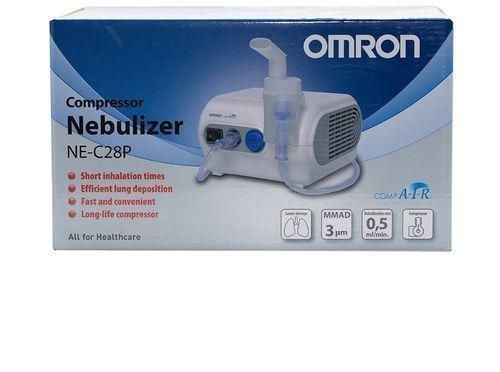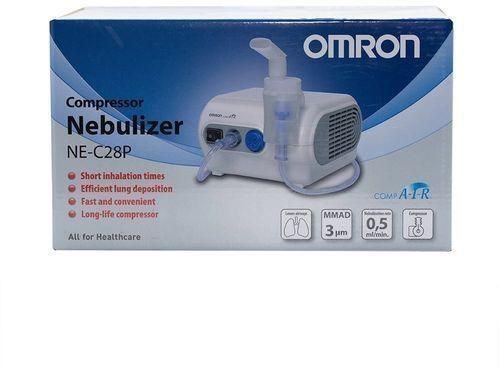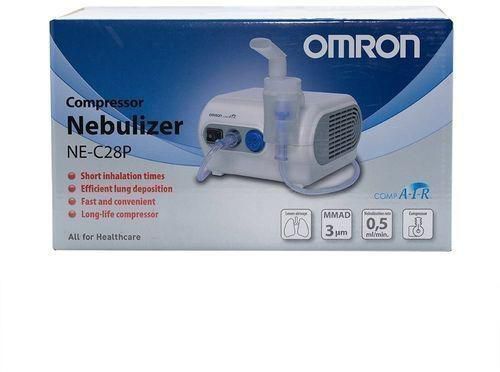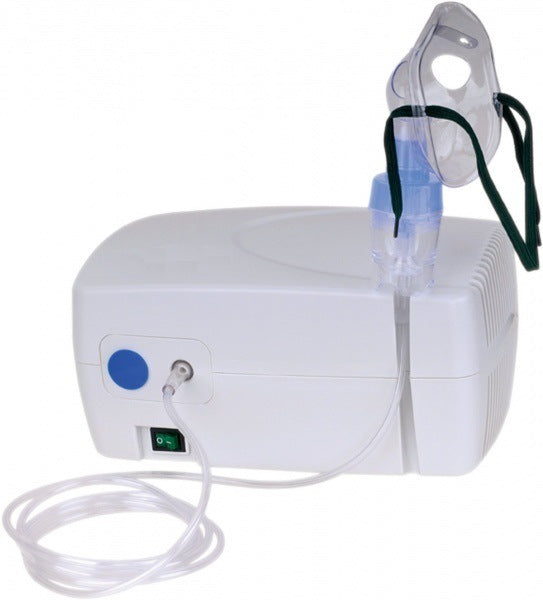If you have asthma, your doctor may prescribe a nebulizer as treatment or breathing therapy. The device delivers the same types of medication as metered-dose inhalers (MDIs), which are the familiar pocket-sized inhalers. Nebulizers may be easier to use than MDIs, especially for children who aren’t old enough to properly use inhalers, or adults with severe asthma.
A nebulizer turns liquid medicine into a mist to help treat your asthma. They come in electric or battery-run versions. They come in both a portable size you can carry with you and a larger size that’s meant to sit on a table and plug into a wall. Both are made up of a base that holds an air compressor, a small container for liquid medicine, and a tube that connects the air compressor to the medicine container. Above the medicine container is a mouthpiece or mask you use to inhale the mist.
Your doctor will tell you how often to use the nebulizer. Ask your doctor if there are any specific instructions for your treatment. You should also read the manual that comes with your machine.
Here are general instructions on how to use a nebulizer:
- Put the compressor on a flat surface where it can safely reach an outlet.
- Check to make sure all the pieces are clean.
- Wash your hands before prepping the medication.
- If your medication is premixed, place it in the container. If you need to mix it, measure the correct amount, and then place it in the container.
- Connect the tube to the compressor and the liquid container.
- Attach the mouthpiece or mask.
- Turn on the switch and check to see that the nebulizer is misting.
- Put the mouthpiece in your mouth and close your mouth around it or put the mask securely over your nose and mouth, leaving no gaps.
- Slowly breath in and out until the medicine is gone. This may take five to 15 minutes.
- Keep the liquid container upright throughout the treatment.







